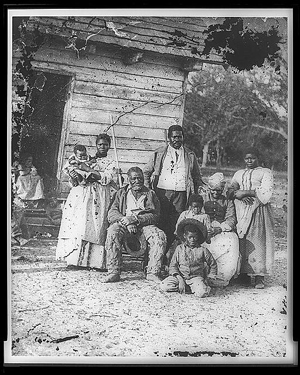Introduction
In the 1930s when the United States was in the depths of the Great Depression and in the grips of racist Jim Crow laws, the Federal Writers’ Project (FWP), as part of the Works Progress Administration (WPA), interviewed former slaves and compiled their first-person narratives. Approximately four thousand former slaves were interviewed, and the result is a collection of complex narratives that require the skills of a critical reader. Written by the interviewer and sometimes edited by FWP officials, these narratives feature the biases and perspectives of the interviewers as well the memories and views of the informants. Readers of the WPA Slave Narrative Collection must be wary of several obstacles including the authenticity of the narrative, biases of the interviewer and FWP editors, and the memory and candor of the informant.
Historian Sharon Ann Musher presents three questions for reading the WPA slave narratives (“The Other” 3):
- Who were the former slaves and interviewers?
- How did their identities and biases affect the content and structure of the narratives?
- How did the editors at both the state and federal levels shape the accounts?
This lesson provides students with an opportunity to examine the motivations and multiple perspectives that can shape a historical text. Students will be asked to use critical reading skills, make predictions, and use archival documents to develop new understandings.
Standards
ELA Common Core Reading Anchor Standard 6: Assess how point of view or purpose shapes the content and style of a text.

